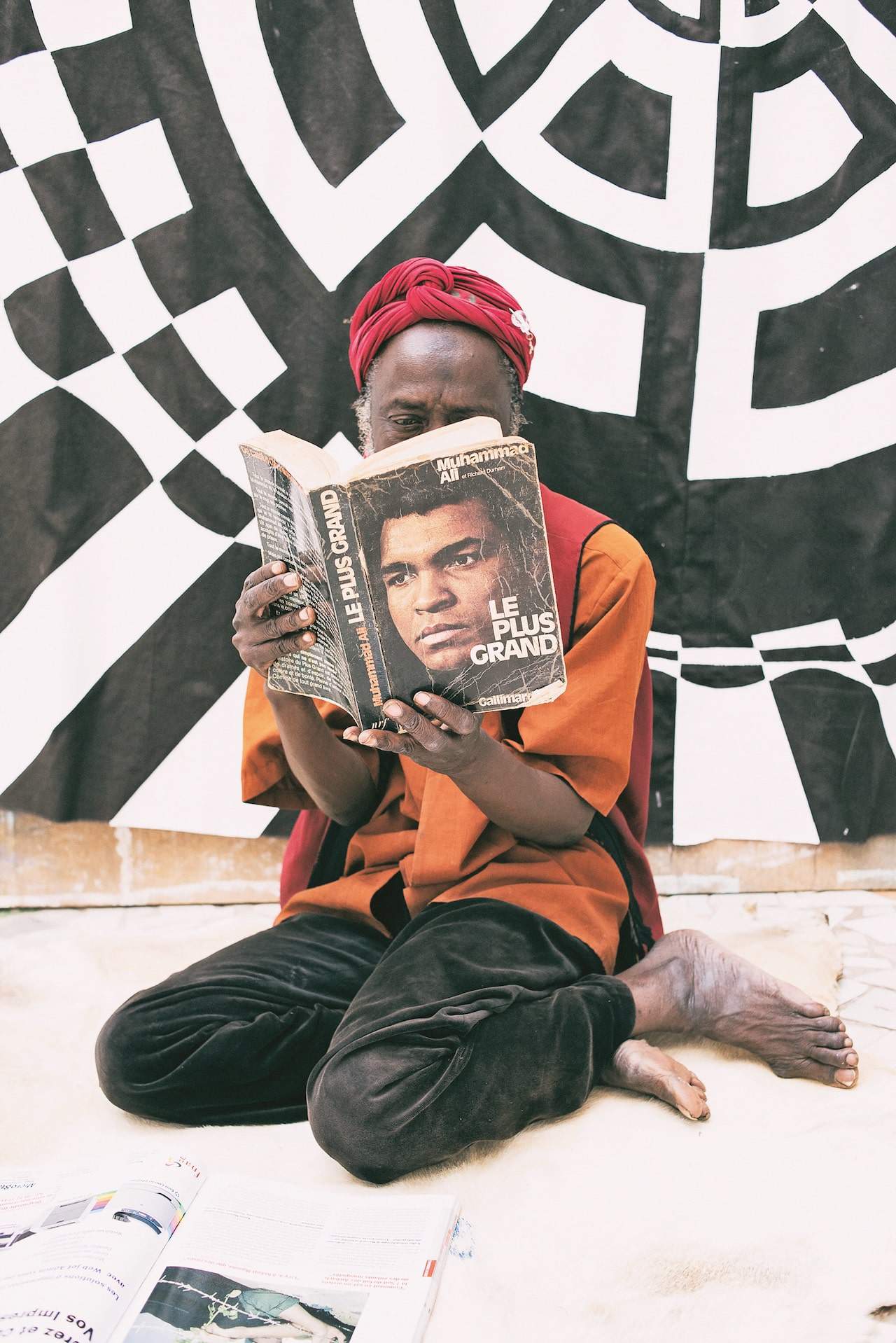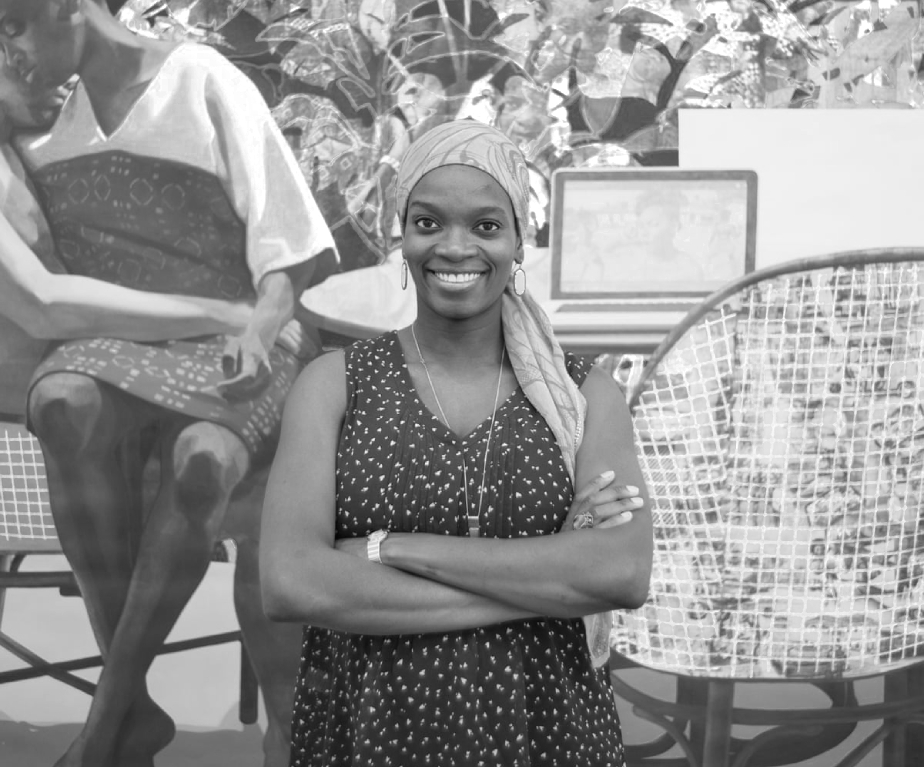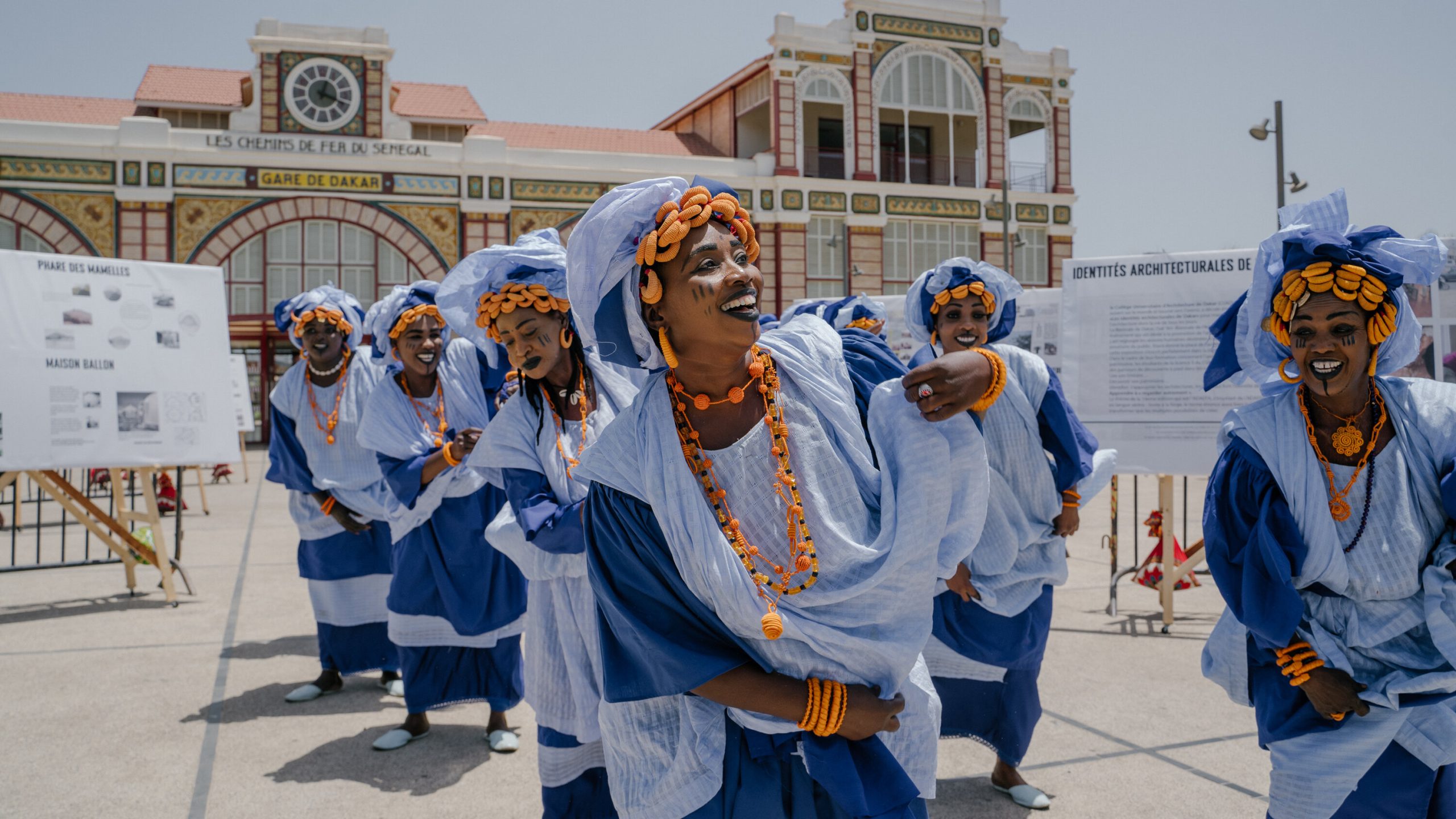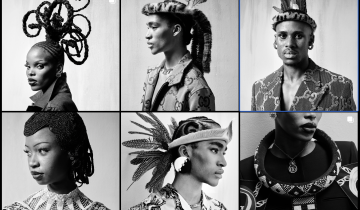African Art Education Initiatives: Fostering the Next Generation of Artists
African art has long been recognized for its richness, diversity, and unique cultural heritage. From traditional sculptures and masks to contemporary paintings and installations, African art has made an indelible mark on the global art scene. Despite this, young African artists often face numerous challenges in their pursuit of artistic careers, including limited access to resources, education, and opportunities for growth. In this journal, we will explore various African art education initiatives aimed at nurturing and supporting the next generation of artists, analyze their impact on artistic development, and discuss the challenges and opportunities present in African art education today.

Overview of African Art Education Initiatives
Art education initiatives in Africa can be broadly categorized into three groups: government-supported programs, non-governmental organizations (NGOs) and private initiatives, and international collaborations and partnerships. Government-supported programs include national art schools and academies, which provide formal education and training in various art disciplines. NGOs and private initiatives often focus on grassroots efforts, setting up community-based art centers to reach underserved populations. International collaborations and partnerships involve organizations from different countries working together to promote African art and provide educational opportunities for young artists.
In-Depth Analysis of Select Initiatives
Case Study 1: National Art Schools and Academies
National art schools and academies play a crucial role in the development of the next generation of African artists. Offering a wide range of programs, from fine arts to digital media, these institutions provide students with a solid foundation in artistic techniques, theory, and history. One such example is the National College of Arts and Design in Nigeria, which has produced renowned artists like El Anatsui and Njideka Akunyili Crosby. The impact of these institutions is evident in the growing number of successful artists emerging from Africa, who are making their mark on the global art scene.

Case Study 2: Community-Based Art Centers
Community-based art centers offer an alternative approach to art education, focusing on grassroots efforts to empower and develop local talent. By providing access to resources, mentorship, and exhibition opportunities, these centers enable artists to grow and thrive within their own communities. The Nubuke Foundation in Ghana is an excellent example of such an initiative. This organization offers workshops, exhibitions, and artist residencies, supporting the growth of the local art scene and fostering the development of young Ghanaian artists.
Case Study 3: Pan-African Art Festivals and Workshops
Pan-African art festivals and workshops serve as essential platforms for networking, collaboration, and showcasing African art on an international level. Events like the Dakar Biennale in Senegal and the Bamako Encounters photography festival in Mali bring together artists from across the continent, providing them with opportunities to learn from one another and gain exposure to international audiences. These events not only celebrate the diversity of African art but also help to strengthen its presence on the global stage.
Challenges and Opportunities in African Art Education
African art education faces several challenges, including limited access to resources and funding, balancing traditional and contemporary art forms, and encouraging innovation and creativity in a culturally diverse environment. Investment in art education programs is often insufficient, making it difficult for institutions to offer the necessary resources and support to their students. Furthermore, striking a balance between preserving traditional artistic practices and embracing contemporary art forms can be challenging, as both are essential to the development of a vibrant and diverse art scene.
Despite these challenges, there are numerous opportunities for growth and improvement in African art education. Increased investment in art education programs, both from governments and private organizations, can help ensure that young artists have the resources and support they need to succeed. Additionally, promoting collaboration between various stakeholders, such as educational institutions, NGOs, and international organizations, can foster a more cohesive and inclusive approach to art education in Africa.
The Role of Technology in African Art Education
Technology has the potential to play a significant role in enhancing African art education. Online platforms and digital art resources can help bridge the gap between artists and institutions, providing access to educational materials, virtual workshops, and networking opportunities. Remote learning and virtual exhibitions have become increasingly relevant, particularly initiated by the past COVID-19 pandemic, offering artists a way to share their work and connect with others despite physical barriers.
Social media and other digital platforms also offer new avenues for promoting African art, enabling artists to reach wider audiences and build their careers on a global scale. By leveraging these technological advancements, African art education can continue to evolve and adapt to the changing needs of artists and their communities.
In conclusion, African art education initiatives are essential in fostering the next generation of artists and strengthening the position of African art in the global art scene. By nurturing and supporting local talent, these programs help ensure that the unique and diverse contributions of African art are recognized and celebrated worldwide.
For the future of African art education, increased investment in programs, promotion of collaboration between various stakeholders, and leveraging technology to enhance access to art education and resources are crucial steps toward empowering young artists and ensuring their success. As the world continues to embrace the wealth of creativity and culture that African art has to offer, there is no doubt that the next generation of African artists will leave a lasting and impactful legacy on the global art community.





 No products in the basket.
No products in the basket.